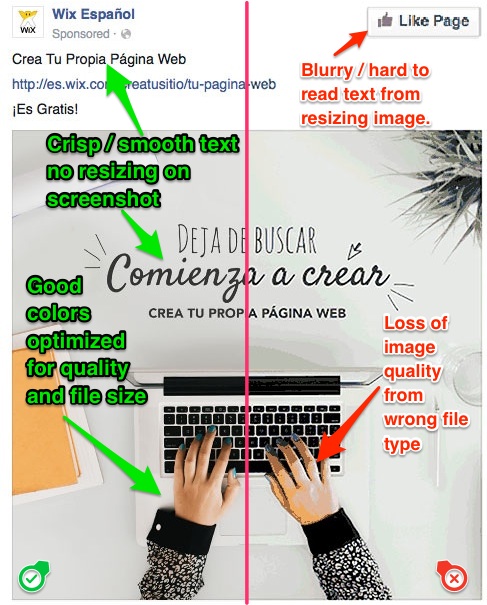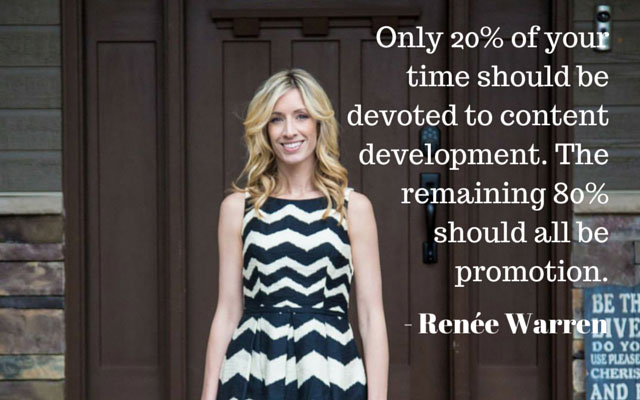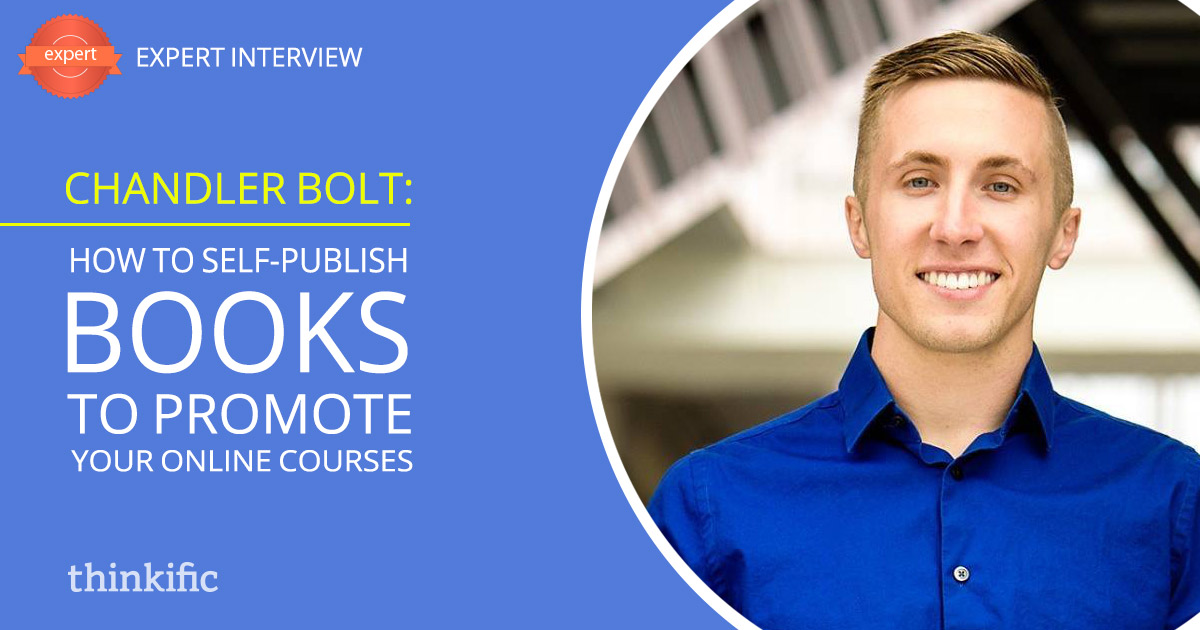In these days of increasing noise – both online and offline – most people’s attention spans are about as long as a sleepy goldfish. Even with epic content and helpful information, it can be difficult to reach your audience and engage them. But there’s a silver lining to all this noise, because it’s left people starving for something very particular: a human connection.
One of the best methods for building a connection with others is through storytelling. When we incorporate stories into our content, we transform the information we share into wisdom. We show we’re doing what we do for more than just profit, we care about solving this problem and helping our audience. It also creates context between the different pieces of content we create as we weave them together into a bigger picture.
“If you really want to attract people, you need to tell a genuine and interesting story. Stories are a great medium to express your views, impress people and make a human connection with them.” – Jeff Bullas
Here are 6 ways to tell better stories in your content marketing:
1. Make your audience the hero
This is the first and most important secret to storytelling for your business. You are not the hero, your customer is. If you focus on yourself and what’s interesting to you, then your stories will come off as “hype” and have the opposite effect. It’s instead of building a connection with your audience, they will repel them.
That’s not to say you should not tell stories about yourself. Sharing your stories is essential. But remember that your audience experiences your stories as if they were living them. So make sure that the experience and message are what they need to hear.
2. Understand where your audience is in “The Buyer’s Journey”
You’ve got hundreds of stories to tell, which will you choose? You want the tell stories that will resonate with your audience and are relevant to them right now. You need to give the story that will help them feel inspired to take the next step with you.
The buyer’s journey is a useful framework to framework to help us understand the state of mind of our audience as they’re deciding whether or not to buy from us. The buyer’s journey has three basic stages: Know, Like and Trust. Let’s take a look at each:
Know: At this stage, your audience just needs to know you exist at all. They may not even be aware that they have the problem you solve. The stories you tell here must paint a picture of the problem or opportunity that will grab their attention and curiosity quickly. These stories should be short (your audience won’t have much of an attention span for you yet) and provide either entertainment, emotional or actionable value.
Like: At this stage, your audience is aware who you are and they know what problem you solve. But there are hundreds of other businesses that solve the same one, why should they listen to you? They also have hundreds of other problems they need to solve in their business, why should they fix this one? This is where your epic content and storytelling come into play. Show your audience you care by providing incredibly valuable content and by being vulnerable and authentic in your storytelling. Your story and all it’s victories, failures, beauty, and flaws is your ultimate differentiator. That’s what people will “like” about you.
Trust: At this point, your audience likes who you are and your particular style on how you solve their problem, but they’re still not sure you can deliver for them. They need to be assured that if they invest with you they’ll get what they’ve been craving. You want to shift the relationship from a “buyer/seller” dynamic to an “expert and interested party”. It’s ideal at this stage to share case studies and success stories from your past clients, framing your clients as the hero. Let your audience put themselves in the shoes of someone who has succeeded with your help.
3. Don’t reinvent the wheel – use frameworks
For many of us, storytelling does not come naturally. Yes, we “tell stories” but there’s a strategy to telling a story that really connects with your audience. Not using frameworks is like trying to reinvent the wheel every time you tell a story. Frame help us take new perspectives and new paths of thought which help us to escape from the common mental ruts we find ourselves in.
There are dozens of different frameworks available but my favorite for telling stories that truly connect with your audience and inspire action is called The Crossroads Formula. The Crossroads Formula breaks up the stages of the Buyer’s Journey into questions and then matches those questions to the different stages of the Hero’s Journey.
6 Ways To Tell Better Stories In Your Content Marketing @kylethegray #storytelling #contentmarketing Click To Tweet4. Use visual storytelling
Don’t limit yourself to just one medium in your storytelling. Whether you’re writing or speaking your stories it’s possible to add visuals that enhance the emotional experience or idea you’re trying to communicate.
Visuals are processed faster by the brain and retained longer than simple text or spoken word. Vision is our strongest sense and visual messages cut straight through to our subconscious without us even realizing it. They can break up large blocks of text and keep people reading and engaging. They can subtly communicate ideas and emotions in ways that other forms of communication cant.
You don’t need a Hollywood film budget to succeed with visual storytelling. Consider Wait But Why? A blog by Tim Urban with millions of followers … You’d think with that many followers they’d have some cash for some amazing visuals, but the blog is full of stick figure drawings that look like the work of a 13-year-old using paint software from 1995…

Here are a few easy ways to add visuals to your content:
Screenshots with annotations: No need for expensive design here, a screenshot with a few quick annotations can increase the value of the ideas you present to your visitors by showing actual examples to support your writing.

Charts and graphs – All you need to tell a good story is a line. Charts and graphs help you take data and tell a visual story with the rise and fall of it. Take a look at how Kurt Vonnegut (my favorite author) transforms classic stories into simple graphs.
Memes – Memes are great because they take familiar ideas and characters and apply them to the new context of our content. According to the mere-exposure effect, people prefer ideas or images that they are already familiar with over those that are unfamiliar.
Quote images – This is an easy and powerful way to add some visuals to your content. Any time you add a quote from an influencer to support your ideas, make it into a quote image. This makes the person you quoted look like a rockstar too (which means they are more likely to share your content)

5. Set big goals
You don’t just look to your past to find stories, you can create your own stories by setting big goals for your business.
Story-driven goals, often known as a BHAG (Big Hairy Audacious Goal) represent the impact you want to make in the world through your work. It’s the future that you create day by day with the work you’re doing.
There are a few key benefits to using a BHAG:
- It makes it easy to talk about your business – A big goal is a powerful tool to spark conversation and curiosity when discussing your business.
- It creates something bigger than yourself – With a big goal you show that you’re doing your work for more than just profit, you’re serving a greater purpose. This allows you to enroll your audience in your vision and play a part in making the world better through working with you.
- It creates more meaning for you and your team – A BHAG doesn’t only impact your customers, but your team. Your team will be inspired by your vision which increases loyalty and motivation.
To create a BHAG, you need a measurable goal that’s connected to your story. If it’s measurable you can share your progress and make it tangible. It needs to force you outside your comfort zone. Thinking of your goal should create a little anxiety and leave you wondering “how am I going to pull this off?” This pushes your limits and inspires action.
For more on how to create a BHAG, check out: Storytelling Secret Weapons – How To Create A BHAG
6. Create a “secret recipe”
Remember when you were young and your grandma, mother or some other significant person in your life would cook that special dish that you loved. Let’s call it “grandma’s lasagna”. You loved grandma’s lasagna so much that it made it impossible to enjoy anyone else’s lasagna. Let’s be real, grandma didn’t add anything too different to her lasagna, but because of that emotional connection you had with her, all the other lasagnas just seemed bland…
You can create the “grandma’s lasagna” effect with your business by creating a “proprietary process”. A proprietary process is a way to tell a story about how you get a certain result.
Think of Brian Dean’s Skyscraper Technique – There’s nothing too unique about the individual components of this strategy, but the term “Skyscraper” is now common language among SEO marketers.
Here are a few key elements of a proprietary process:
- Make it 3-5 steps: 3 steps is best because it’s easy to remember and conceptualize.
- Show you’re ordinary: It should point to the fact that you’re human too and have shared the frustrations and challenges of your audience.
- Show you’re extraordinary: Though you can relate to your customer, you’ve also done the work or discovered a secret that makes you uniquely suited to solve the problem.
- Show you care: Connect your process with a personal story or metaphor that shows why you care about solving this particular problem.
Here’s another example, I take my clients through the “The Scalable Storytelling Process”:
- Discover – We find the most interesting aspects of your story.
- Define – We get clear on how we want that story to be shared.
- Delegate – We build a creative team you can have help telling your story.
For more examples and information on proprietary processes check out: Storytelling Secret Weapons – A Proprietary Process.
Engage your audience by telling better stories
Storytelling can have a dramatic impact on the engagement and effectiveness of your content marketing strategy. It can inspire new ideas of what to create and generate new meaning in purpose that will motivate you to create more. Don’t be afraid to be vulnerable and honest, it will help create the human connection your audience is hungry for.
Start small with your storytelling and keep a careful watch on how your audience responds to what you share. Also, practice and test your stories in everyday conversation, if it engages the listener’s curiosity, try it in your content.
How do you tell stories in your content? Let me know in the comments!
6 Ways To Tell Better Stories In Your Content Marketing @kylethegray #storytelling #contentmarketing Click To TweetKyle Gray helps entrepreneurs create powerful storylines for their businesses that drive sales, growth, and engagement. He has worked with hundreds of startups and small businesses to create scalable content marketing strategies. His book The Story Engine outlines his process for making content marketing and brand storytelling easy and effective.






